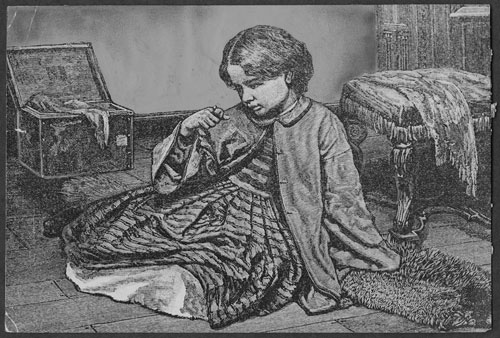Mix-d: uk (Photography Exhibition)Posted in Arts, New Media, United Kingdom on 2009-10-28 02:09Z by Steven |
Mix-d: uk (Photography Exhibition)
New Walk Museum & Art Gallery
2009-10-17 through 2009-12-31
Opening Times:
Monday – Friday: 10:00 – 19:00
Saturday: 10:00 – 17:00
Sunday: 11:00 – 17:00
Closed: 24th, 25th, 26th, 31st December.
Address:
53 New Walk
Leicester
LE1 7EA
Telephone: +44 (0)116 225 4900
Email: museums@leicester.gov.uk
Looking at mixed-race identities on its own terms. The exhibition puts people from mixed-race backgrounds at the centre of the discussion, looking at the subject through their shared, similar and sometimes completely different experiences.
The Multiple Heritage Project based in Manchester has developed this thought-provoking exhibition under the leadership of Bradley Lincoln.
The Multiple Heritage Project has successfully brought the thoughts and feelings of the mixed race community into the public realm.
Partnering a mixture of photographic images taken by Richard Milnes together with brief captions explaining how the individuals regard themselves.
A powerful view of many different faces, of different ages, describing their shared identity in very different ways.
Providing the viewer an understanding of how diverse mixed raced backgrounds are, and the terminology chosen by the people themselves. Prompting the viewer to question how they would like to be described.
Not just a collection of images, the exhibition places people of mixed race backgrounds at the centre of the discussion and looks at the subject through their shared, similar and different experiences.




